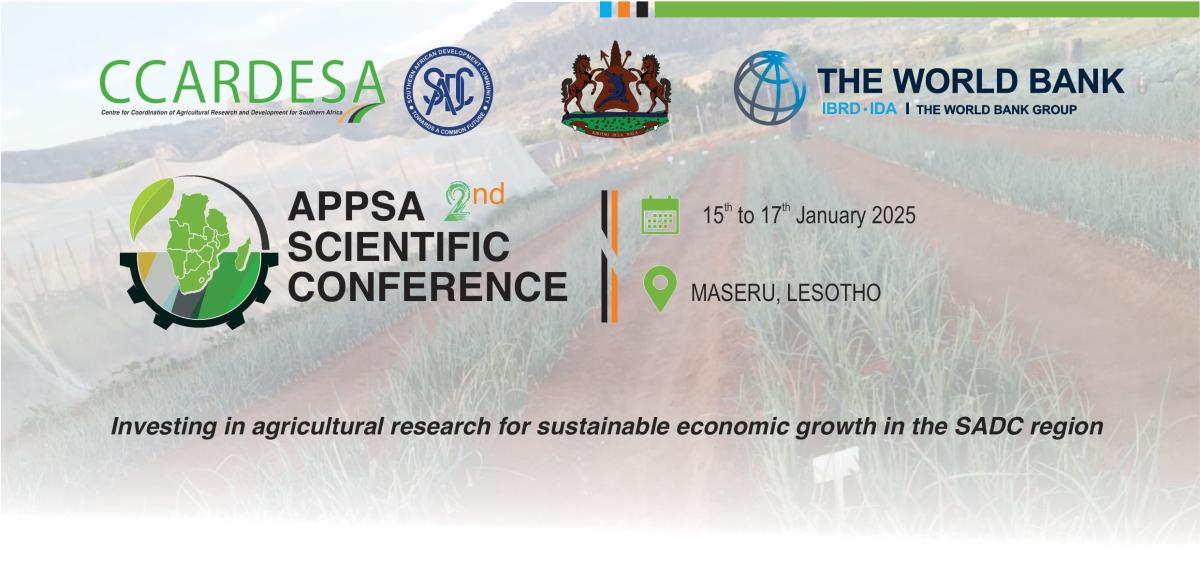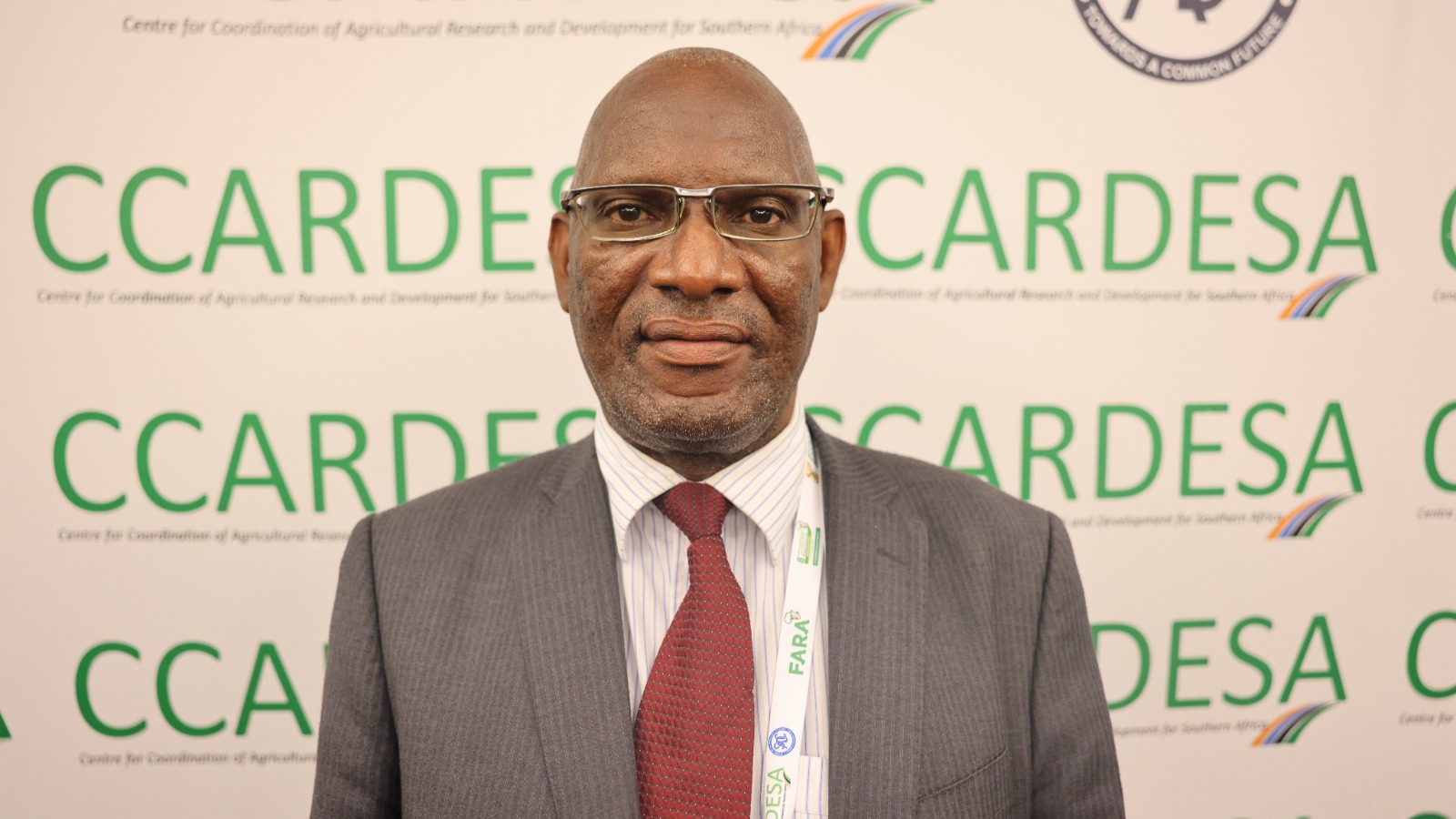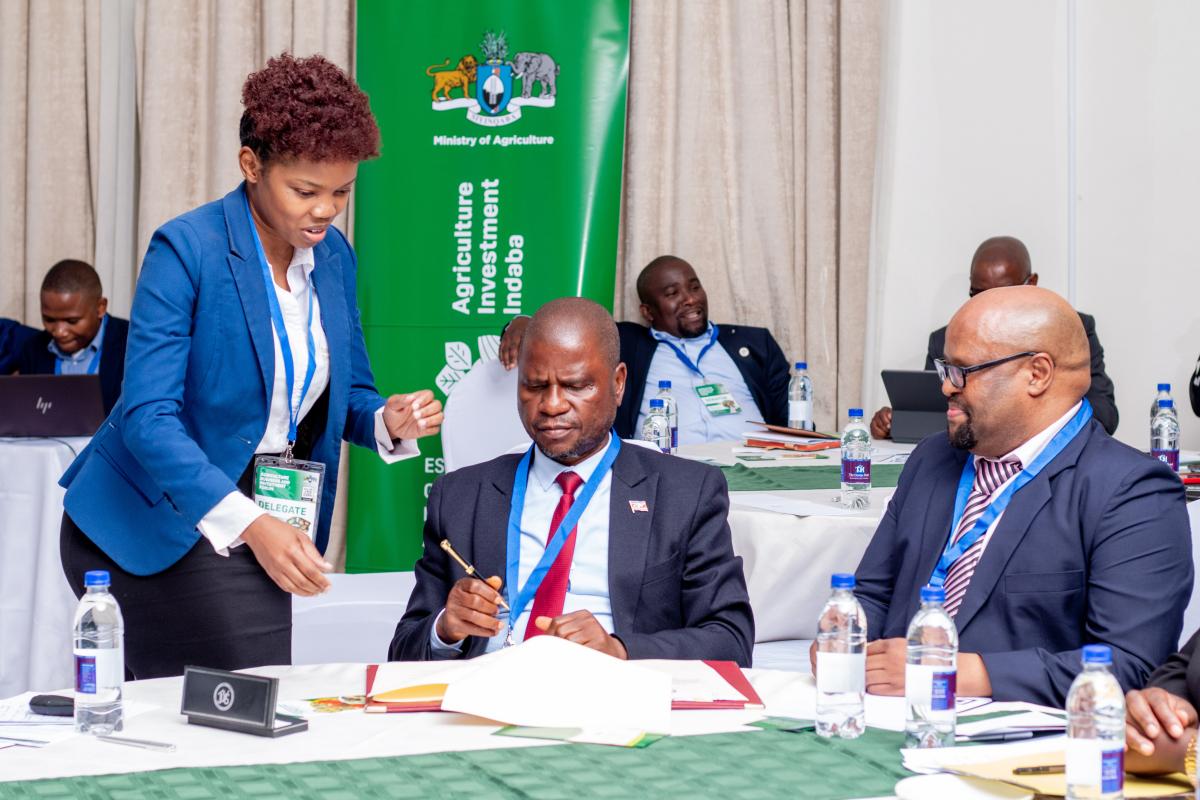Commemorating 20 years of tackling climate change in Namibia, 1995-2015
In two weeks’ time, the Secretariat of the United Nations Framework Convention on Climate Change (UNFCCC) will hold the 21st Conference of the Parties (COP 21) in Paris, France. Namibia has been a signatory to this international treaty since 1995 and is as such at an important juncture of commemorating the progress and lessons to come out of the past 20 years of responding to the challenges presented by climate change within the context of international development. Another important juncture in international development is that of the soon to be enacted intergovernmentally agreed set of targets, the Global Goals for Sustainable Development (SDGs). In less than two months, the SDGs will take effect when UN member states are expected to enact policies and legislation to realise them and their associated targets.
Mitigation,
Sustainable development,
Environmental management,
Namibia
Van Wyk, Lesley-Anne. Hanns Seidel Foundation Namibia, (2015). Commemorating twenty years of tackling climate change in Namibia, 1995-2015.

 English
English Français
Français Português
Português Kiswahili
Kiswahili









